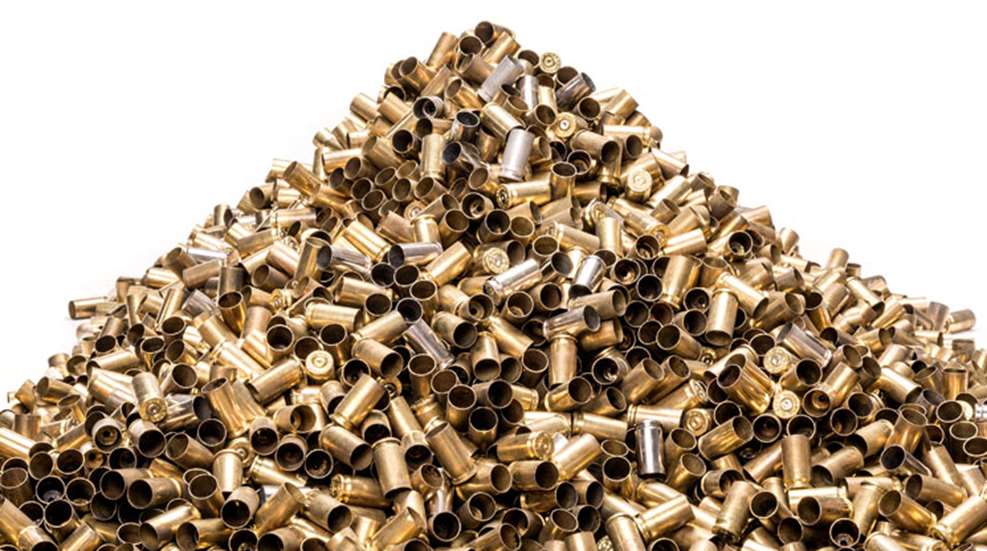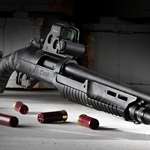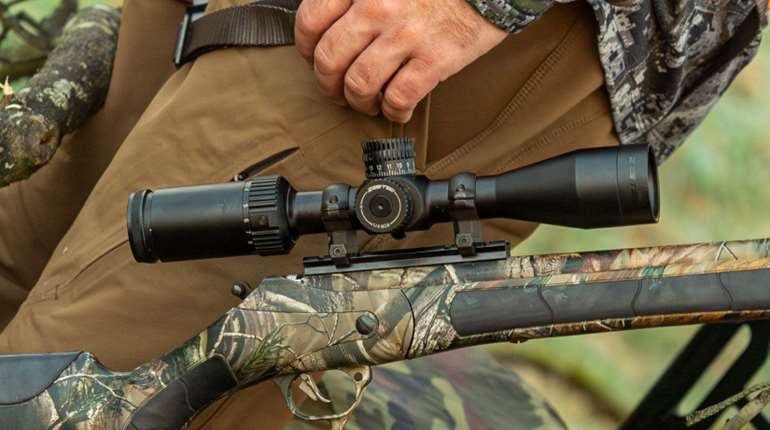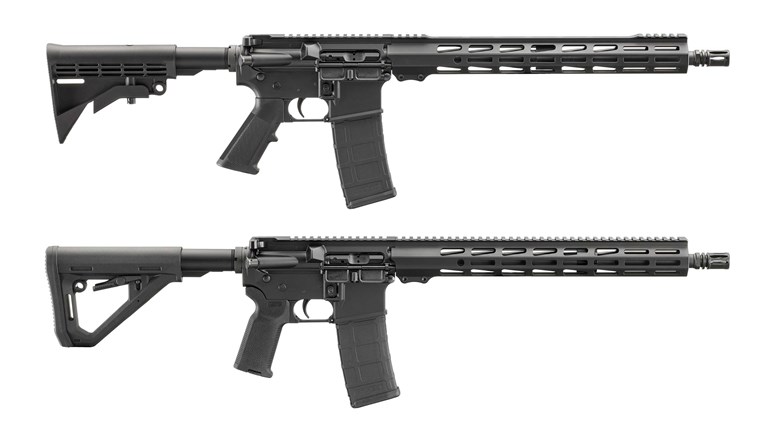
“Reliability” is a topic that comes up frequently when discussing handguns, especially ones intended for self-defense use. After all, if the gun doesn’t work when you need it, everything else about it is immaterial. Some recent events in my day-to-day shooting schedule have had me considering the topic of handgun reliability as a coin with two faces.
Up until, oh, about five years ago, now, I used to carry a 1911. Usually, it was a Springfield Armory “Professional” model, and I found it to be a very reliable pistol. Carried it for years, used it in some training classes and bowling pin matches and never had a complaint with the reliability.
“But Tamara,” you ask, “would it work with those 112-grain sintered dilithium-crystal bullets from ZapCo? Will it work with my 24-grain quarter-wadcutters loaded backward over 9 grains of the stuff I dumped out of a couple bottle rockets?”
I don’t know.
“Well, will it work with the new nine-round black-chrome match magazines from GrandMasterGear? How about with surplus Lithuanian 35-round drum magazines?”
I don’t know that, either.
Do you know why I don’t know that? Because I never bothered putting any of that stuff in my gun. Fairly early on in my ownership period with the Pro, I discovered it liked Wilson Combat 47D magazines and Golden Saber 230-grain JHPs (unsurprising since the gun was built with that combination in mind) and that it would feed pretty much any factory 230-grain FMJ, as well as Georgia Arms’ 200-grain SWC load, without a hiccup. And so that is what I bought for my gun. I had a stack of Wilsons and bought Golden Saber by the case when I found it on sale. Between that and the ubiquity of good .45 ACP hardball, I never had to worry whether or not oddball ammo in oddball magazines would work with my gun.
Back in 2011, I switched to polymer guns for carry, first a Smith & Wesson M&P9 and then, earlier this year, to a Glock G19. The “why” of that is a topic for another column, but I noticed this caused two big changes in mindset. In the first place, it removed one worry of the 1911 owner, which is finding the ideal magazine for the gun. With the M&P, I just ordered a stack of factory Smith & Wesson magazines after I bought the gun and I was set.
The second big difference was it allowed me to become pretty cavalier about ammunition selection. With both the M&P9 and the Glock G19, if the number printed on the end of the cartridge box matched the one rollmarked on the chamber hood, you could be pretty sure the gun would run with it. Sure, it might be more accurate with this load or that, but you could count on it at least functioning in the gun.
The reason the whole topic came to mind recently is that I was, on my own time and my own dime, doing a totally unscientific armchair reliability test of a, well, it was a less-commonly-known brand of 9 mm pistol—we’ll call it a Blastomatic 9000—and the gun was having issues with two specific types of ammunition.
It didn’t like very lightly loaded 115-grain FMJ range ammo. See, in these times of parsimony and budget-conscious shopping, I’ve run into more than one brand of 115-grain value-leader range ammo that struggles to break the sound barrier, and that’s not enough recoil impulse to reliably drive some pistols, including the Blastomatic 9000 I was charged with testing.
Further, it didn’t like one brand of 147-grain premium, jacketed hollow points. Between the blunt nose of the bullet and the long overall length, two out of 50 got hung up on the feed ramp on their way to the chamber.
Now, mind you, outside of those two glitches, the gun ran fine. And this illustrates a couple of points: First, it’s important to try a wide variety of ammunition in a gun if you expect it to be reliable with a wide variety of ammunition. If you’re at a range that lets customers rent a model similar to the one you’re buying, consider asking to try more than one weight and style of bullet in the gun.
Second, be honest with yourself about your expectations and how much effort you’re willing to put into the ownership of the pistol. Are you willing to have to put in a little extra effort to see what the gun likes and then make sure you have it on hand? Or are you going to walk into the range during one of the intermittent ammo droughts that are the “new normal” in this industry and find out that the only ammo left in stock is a kind that won’t reliably cycle your gun?
Regardless of your chosen firearm, reliability is a coin with two faces. Make certain you know which side it lands on for you.




































